Unity 6.2 AI Tools Dynamic Creation Made Easy
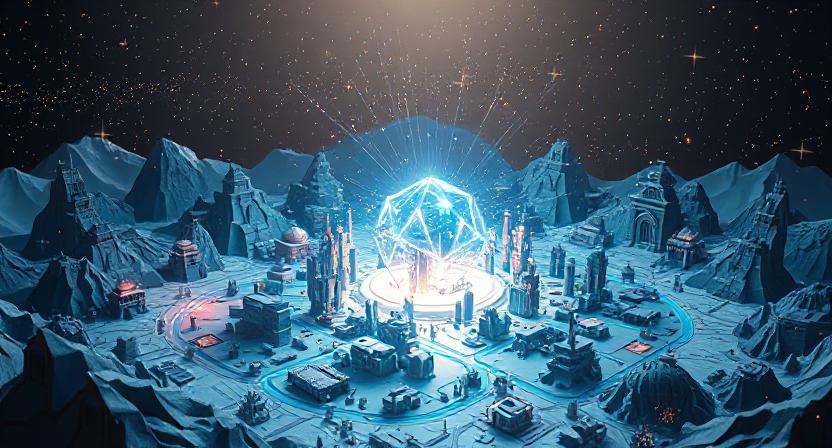
How Unity Developers Can Generate Dynamic Levels Using Generative AI Tools Game developers constantly search for ways to keep players engaged. However a major challenge...
⏱️ Estimated reading time: 3 min
Latest News
How Unity Developers Can Generate Dynamic Levels Using Generative AI Tools
Game developers constantly search for ways to keep players engaged. However a major challenge lies in designing levels that remain fun and replayable. Traditionally developers spend long hours manually building maps balancing challenges and crafting unique layouts. Fortunately in 2025 generative AI tools are transforming this process. Specifically Unity developers can now create dynamic levels that adapt to players in real time.
What Is Generative AI in Game Development?
Unity one of the most popular game engines now supports integration with several AI frameworks. Consequently developers no longer need to design every detail manually. Instead AI generates endless variations while developers focus on creativity and polish.
Procedural Generation for Endless Variety
Procedural content generation PCG uses algorithms to create unique levels scenarios and assets each time you play. Consequently it minimizes repetition and maximizes replay value. Moreover these systems adapt to player actions ensuring environments feel alive and evolving. For example the indie roguelike Unexplored employs a cyclical dungeon generator. It designs levels with loops key-lock puzzles and backtracking that feel thoughtfully crafted even though they are algorithm-generated.
Wardrome
Real-Time Adaptation to Players
- With dynamic difficulty adjustment DDA games tweak enemy behavior spawn rates and other mechanics based on your performance. As a result the system maintains a balanced challenge never too easy never too hard. Moreover this keeps players engaged by matching difficulty to their skill level in real time.
- Iconic examples:
- Resident Evil 4 subtly adapts enemy behavior based on player performance ensuring consistent tension. Similarly Left 4 Dead employs its AI Director to dynamically control enemy hordes adjust pacing and even alter audio cues to heighten suspense. Consequently both games showcase how dynamic difficulty adjustment DDA can keep gameplay engaging and unpredictable.
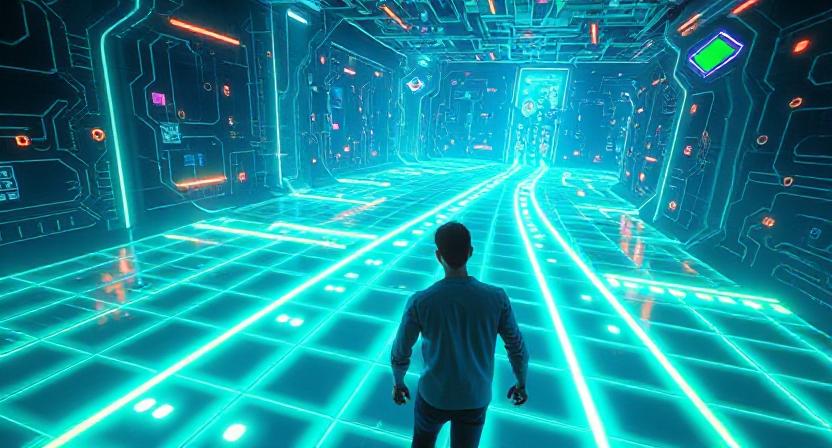
Machine Learning-Backed Customization
Moreover emerging systems use reinforcement learning and novelty search to create levels that evolve with player skill. Consequently these environments feel tailored and continually refreshing keeping players engaged over time.
Consequently games become more immersive and retain players longer.
Generative AI Tools for Unity Users
- Unity ML-Agents Toolkit
- Lets developers train AI to generate or adapt environments.
- Useful for learning player behaviors and adjusting levels.
- GAN-Based Plugins
- Generative Adversarial Networks create textures maps or layouts.
- Perfect for randomized terrains or dungeons.
- Promethean AI
- A powerful world-building AI tool.
- Helps generate complex environments with minimal input.
- Custom AI Integrations
- Developers can connect Unity with Python APIs or models like GPT or Stable Diffusion.
- Enables AI-driven geometry assets or storytelling.
Prepare Training Data
- Alternatively: developers can use pre-made maps to maintain structure while still layering AI-driven variation.
- Additionally: player behavior logs help AI systems adapt levels difficulty and rewards based on real gameplay data.
- Moreover: enemy placement rules guide AI to ensure challenges feel fair strategic and aligned with player progression.
Integrate with Unity
- First: import AI as a plugin or external script to integrate it seamlessly into your game engine.
- Next: use prefabs to represent generated assets allowing AI to spawn and reuse them efficiently.
- After: setting up prefabs, build an interface for AI to send layout parameters into Unity ensuring seamless communication between the model and the engine.
As a result each playthrough feels unique with the AI tailoring difficulty dynamically.
Although powerful generative AI has limitations:
The Future of AI-Generated Levels in Unity
- Real-Time Adaptive Worlds: Levels that evolve instantly based on biometric feedback.
- Cloud-Powered AI Tools: Generative AI integrated into Unity’s cloud services.
- Co-Design AI Agents: Intelligent assistants that suggest new layouts during development.
- Player-Driven Generation: Games where players input prompts to create levels themselves.
Related Posts
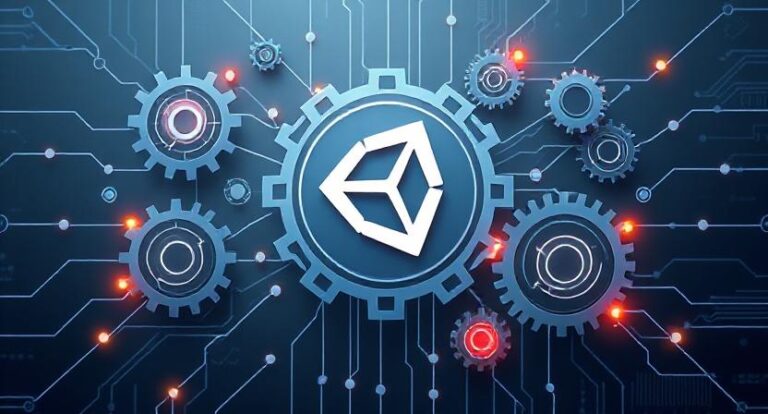
Unity Projects Gain AI Foresees DevOps Issues
How AI Tools Are Revolutionizing Pipeline Failure Prediction in Unity Cloud and DevOps In today’s...
September 5, 2025
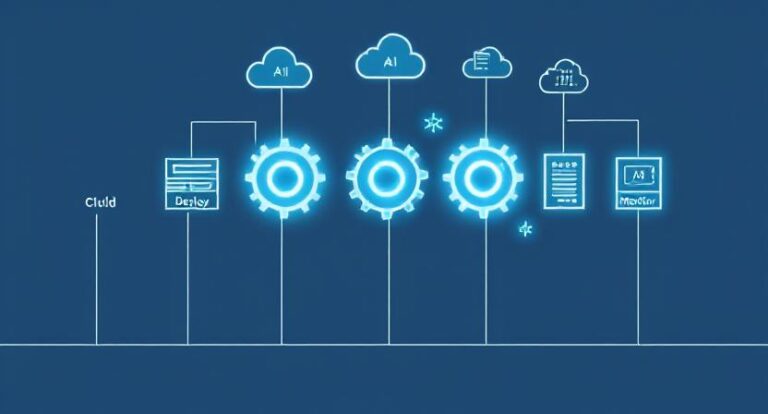
AI picks relevant test reducing execution time
How AI is Optimizing CI/CD Cloud Pipelines and Reducing Failures In modern software development speed...
August 7, 2025
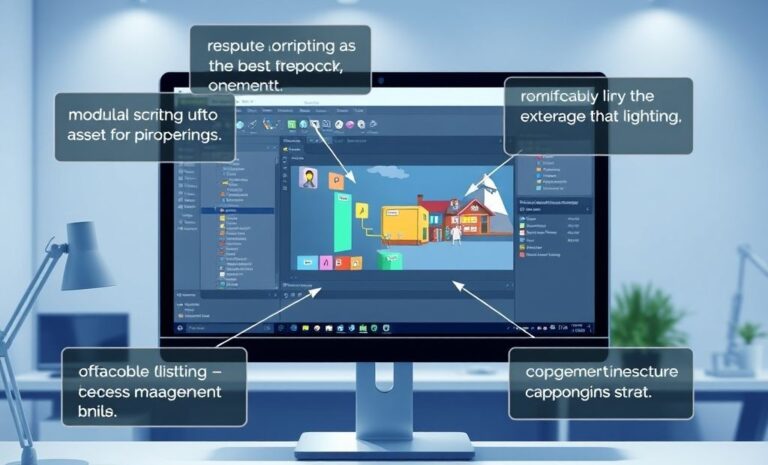
Unity Development: Best Practices for 2025
Unity Development: Best Practices for 2025 for Optimized Games The landscape of Unity development is...
May 5, 2025
1 Comment
-
Hailey Kris
Somebody essentially lend a hand to make significantly articles Id state That is the very first time I frequented your website page and up to now I surprised with the research you made to make this actual submit amazing Wonderful task
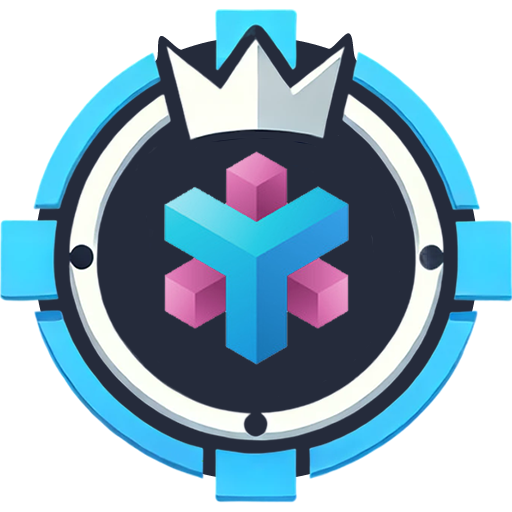










Somebody essentially lend a hand to make significantly articles Id state That is the very first time I frequented your website page and up to now I surprised with the research you made to make this actual submit amazing Wonderful task